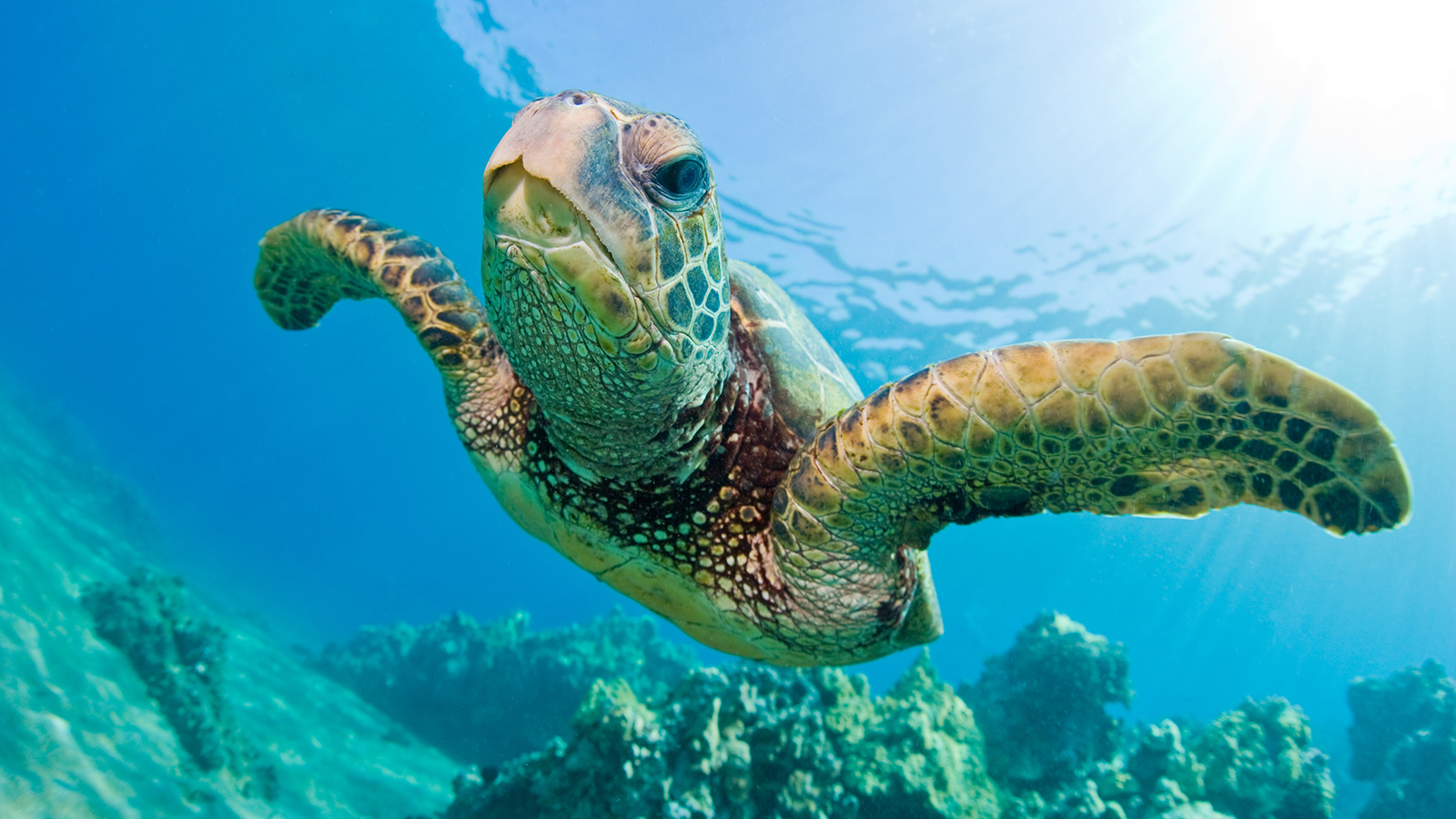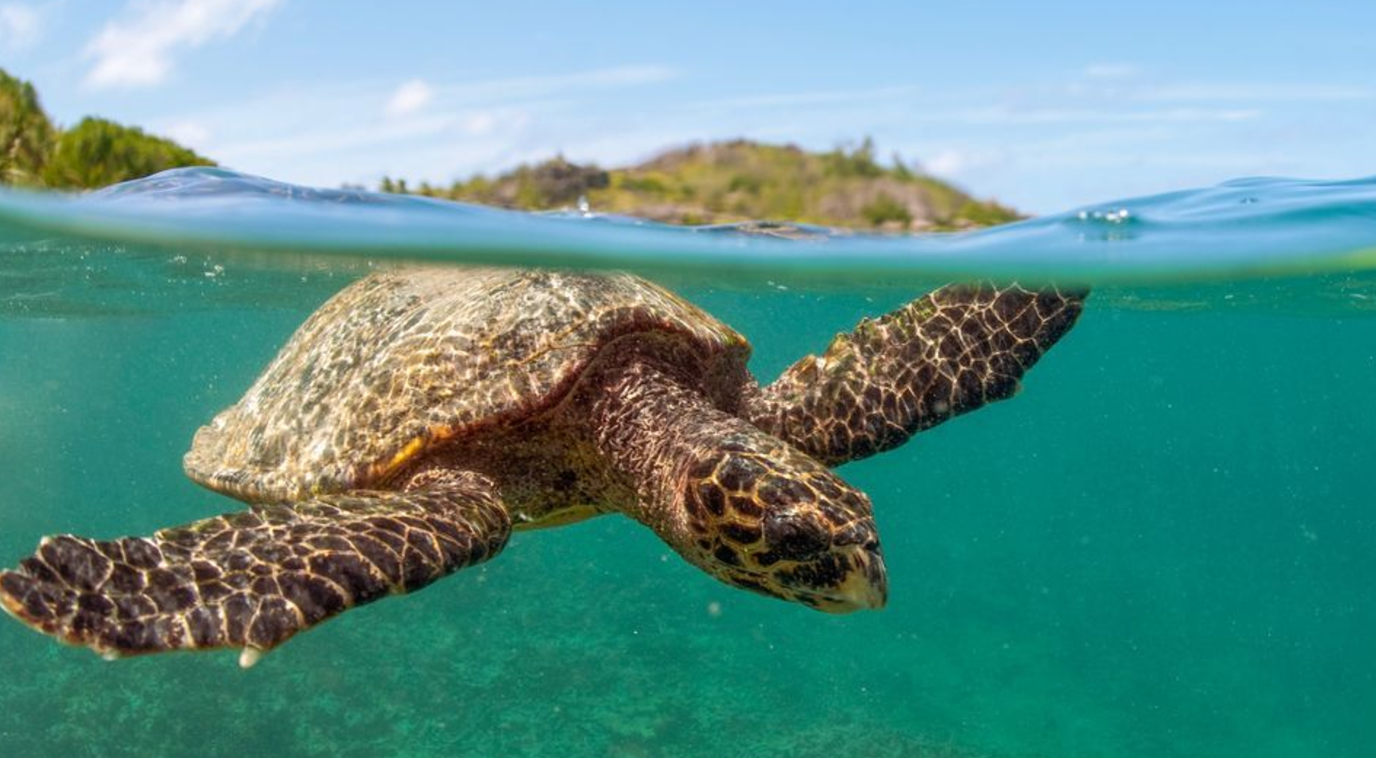The sea turtle
We may know them by a common name – sea turtles. But the name itself is an entire classification consisting of several sub species. These include: Kemp’s Ridley, Hawksbill, the Green, Olive Ridley, Loggerhead, Leatherback, and Flatback. They are found in a variety of oceans all around the globe.
A Bit Different
The sea turtle differs from the regular perception we may have about the aquatic species. A prime example of this is the turtle’s shell.
If you ask most people, the one defining feature about the turtle is its ability to retract back into its shell. This image is popular and has been ingrained in our minds, especially by animated characters. The sea turtle, however, has a slightly different shell feature because of its habitat.
The body is integrated more with the shell, allowing an aerodynamic shape that enables the turtle to cover vast expanses of water with minimum effort. With less volume to contend with as compared to terrestrial and freshwater turtles, the amount of drag is significantly reduced.
With a more fusiform body, there is less space for the turtle to retract into the shell.
An Interesting Life
When we look at a turtle, we may imagine its life to be slow and centred around its habitat. The fact is that sea turtles lead quite an interesting existence, travelling vast distances to breed.
It takes decades for a sea turtle to reach sexual maturity. Until then, they thrive in the deep ocean waters. When breeding season beckons, the turtles travel from the ocean waters to more coastal waters, close to the nesting site. Once the male mates with the female, the latter then hauls herself onto the beach to lay the eggs.
The female turtle creates a ‘nest’ in the sand, digging a shallow circular hole with her flippers to lay the clutch of eggs. The interesting thing here is that a particular clutch may contain anywhere between 50 to 350 eggs, depending on the species.
Since the eggs are soft-shelled, the female turtle carefully covers the ‘nest’ with sand and camouflages it. Then the turtle returns back to the waters, leaving the eggs to incubate and hatch.
The gender of the hatchling is dependent on the temperature of the sand. Warmer sands will produce female turtles while cooler sands will produce the male counterparts.
A Sight to Behold
The nesting of sea turtles provides a visual spectacle, especially with the Ridley turtles arriving in large groups to nest. With the Kemp’s Ridley, the nesting happens during the day, where they completely occupy the beaches in Mexico, drawing in visitors who wish to view this natural phenomenon.
An Endangered Species
In the future, the sea turtle may exist only as a relic as the species faces the threat of extinction. Most of the sub species have been listed as endangered or critically endangered by the IUCN Red List.
The species plays a very important role in our ecosystem and efforts must be made to conserve them.
